
The big season is almost upon us. Is your small business ready?
It is harder and harder to compete with corporate websites with huge advertising budgets.
When just lots of consumers think the term “holiday sales” is synonymous with Amazon and Walmart, it is too challenging to get your products in front of buyers’ eyes.
Black Friday and Cyber Monday routinely transform the fate of otherwise struggling businesses from precarious to solidly profitable. Holidays are a time when people are looking to spend more than usual.
Millions will shore up their savings year to have the money for the purchases they want. Large brands spend months strategizing the holiday season promotions they’ll roll out to maximize their sales.
Unfortunately, small (ecommerce) stores are frequently caught flat-footed. They don’t invest resources or time into getting their business well-positioned for the looming flood of customers. If large businesses cannot afford to ignore the season, neither can small ones.
Here are three steps content and SEO can help your holiday promotion and marketing efforts:
1. Identify New Seasonal Landing Pages to Put Together and Promote
Holiday season when everyone is busy buying gifts for everyone, including friends, family and obviously themselves, is the season of new unexpected searching trends to emerge.
People start thinking about buying things differently: They buy not for a need of something, but to stand out and make the best gift.
SE Ranking keyword suggestion tool allows you to research those new buying decisions by allowing you to filter out words you cannot compete with and focus on your niche. You can also filter results by difficulty to find search queries with lower organic competition:
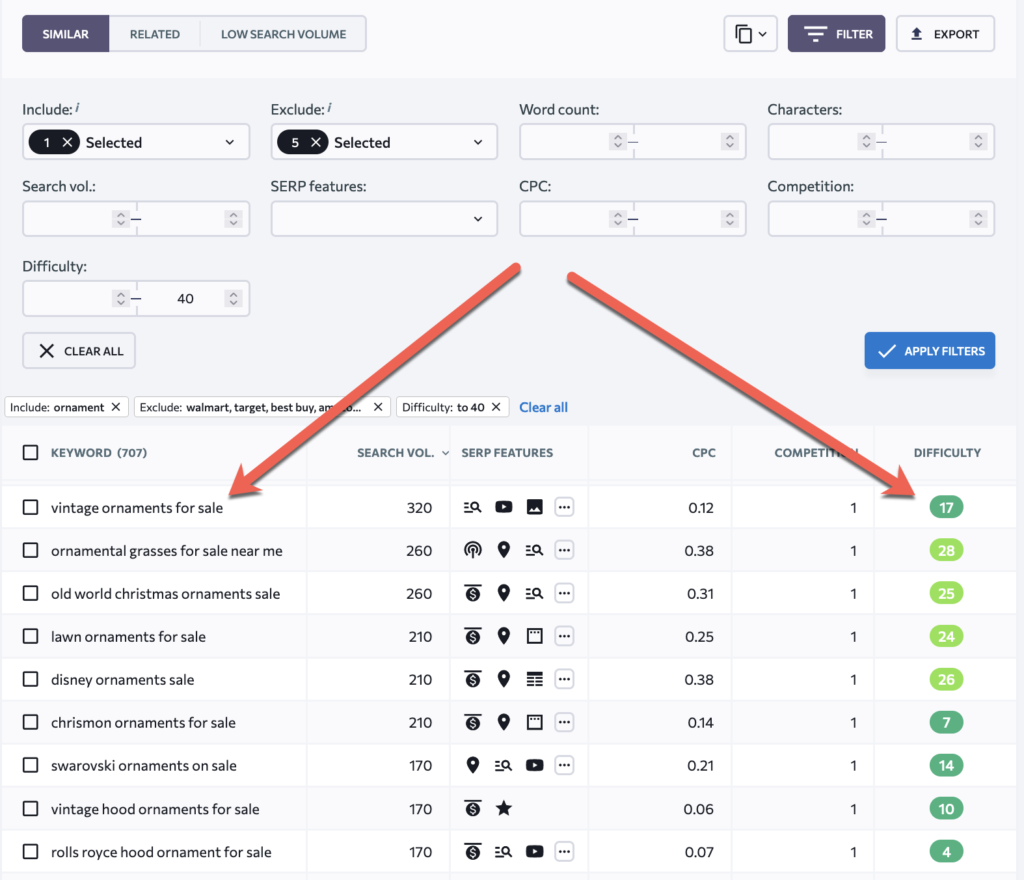
Once you have identified those search queries with big potential, create new landing pages of related products and link to those landing pages from across your site.
This trick can work for both service- and product-based businesses, because holiday sales are done by all types of businesses these days. For service-based businesses, researching holiday searching trends and bundling services with related products will help boost sales and create word-of-mouth marketing opportunities.
Setting up these seasonal landing pages is also a great idea because this gives you more pages to promote on social media. These could be “collections” of products that would serve a specific holiday searching pattern and all of these could be linked off from the main “Christmas gift ideas” section. You can set these up with plugins for WordPress or “Collections” feature for Shopify.
Depending on the nature of your business, it may be a good idea to set up a separate mini site to make sure your main site remains focused. This idea makes sense when your holiday promotions and lists do not align well with your current brand and product positioning.
Setting up a separate project is quite affordable these days, even for small businesses. All you need is a new domain. You can host it on your current server, and use free CMS (e.g. WordPress) and free themes.

Want to get certified in Content Marketing?
Leverage the tools and channels to predictably and profitably drive awareness, leads, sales, and referrals—EVERYTHING you need to know to become a true master of digital marketing. Click Here
2. Create Seasonal Content to Target Semi-Transactional & Informational Queries
Many of those search queries you’ll come across will be purely informational. Think about all kinds of DIY ornaments, costumes, packaging, etc. that is being researched prior to the holiday season.
Informational search intent means a searcher is looking for answers to questions, tutorials and how-to videos without willing to buy anything.
Semi-transactional intent search intent refers to a searching journey that can actually result in a purchase, even though it was initially planned as a research rather than a buying process.
Both of these types of keywords are useful for boosting your holiday sales for a few reasons:
- People may buy even if they didn’t initially intend to buy (hello, holiday impulse shopping!)
- That traffic will enrich your data and grow your audience, so that you can re-engage those people with things like retargeting ads (i.e. ads targeting the past users of your site).
- This content brings brand awareness, especially if it attracts bloggers and journalists who can link to your site.
It all comes down to:
- How well your content engages your audience
- How well your content is optimized for conversions using contextual calls to action.
To give you just a quick of how content may turn readers into buyers, here’s two examples of contextual CTAs in action:
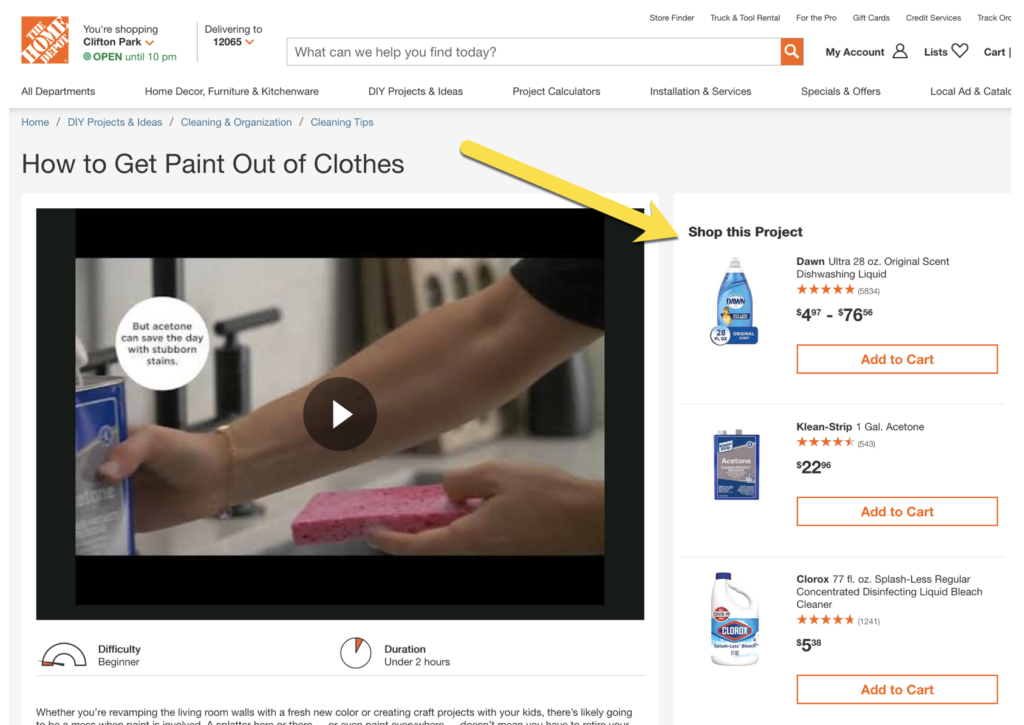
And here’s another example, only in SaaS industry:
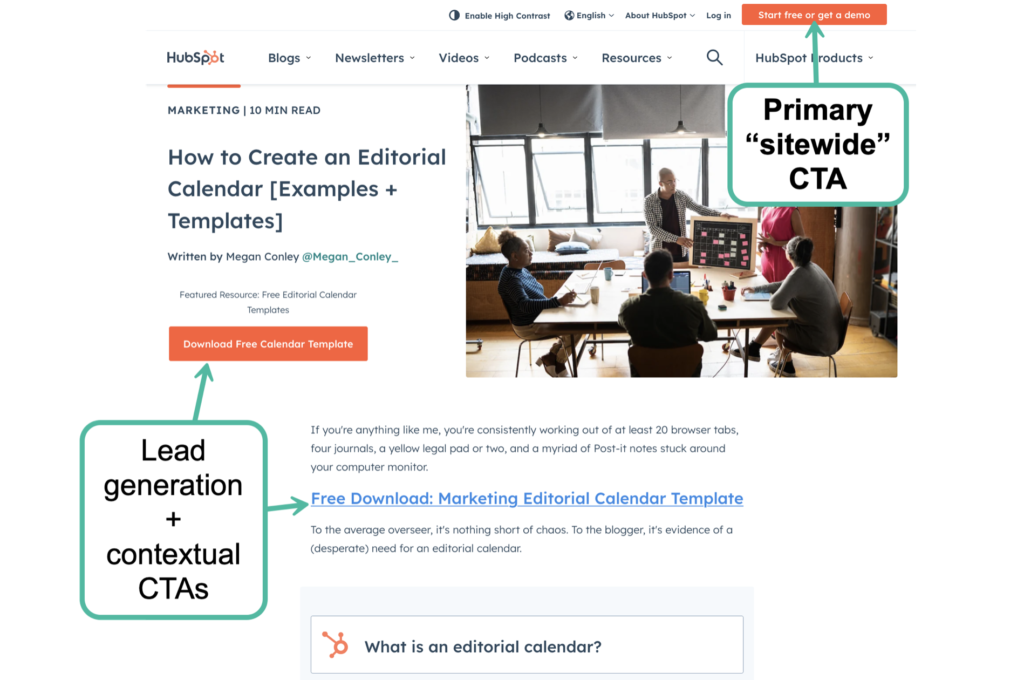
Note how contextual CTAs in this example perfectly align with content on the page. That is exactly why you need to develop lead magnets for just about any content you put on your blog.
3. Identify Your Best Timing
Your own web analytics will give you lots of clues as to when your past-year’s holiday traffic started peaking.
Google Trends is another great tool to identify the best timing for your seasonal content and its promo to start. For example, based on that tool, it looks like the interest in “ornaments” starts growing consistently mid-October, year after year:
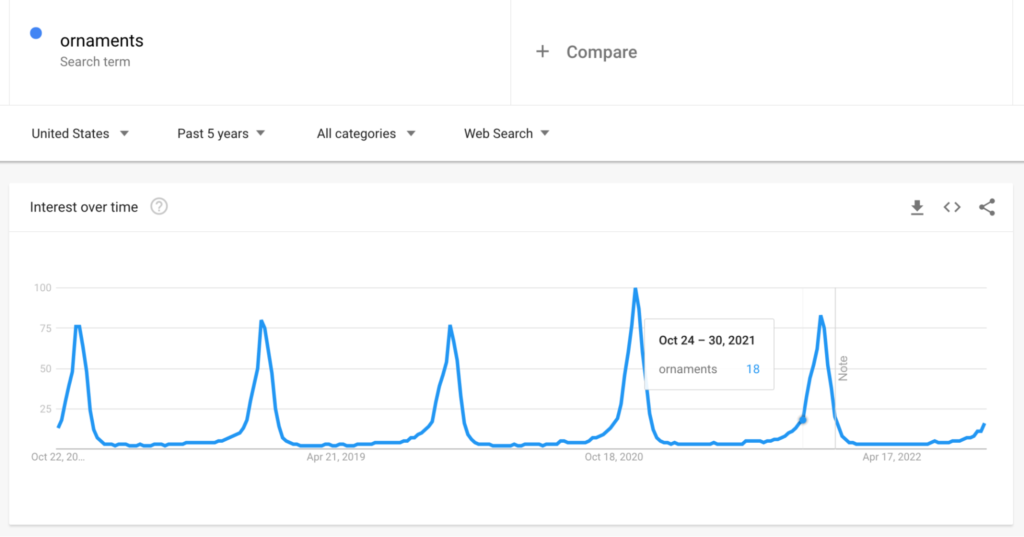
Another tool that is helpful for picking your timing is Visualping that offers a cool SEO monitoring feature allowing you to monitor your competitors’ landing pages to be the first to know when they put up their holiday promos.
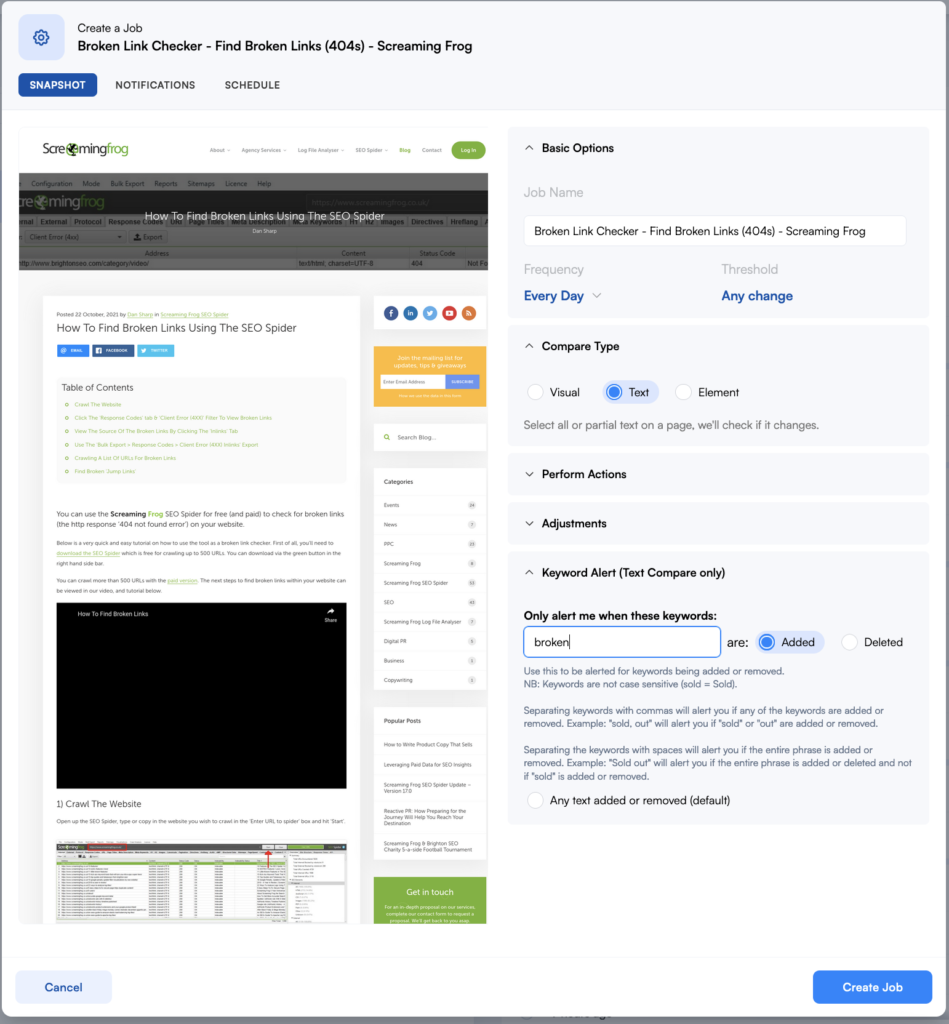
With this trick, you’ll never be behind your competitors in starting your pre-holiday marketing.
Conclusion
Holiday season is overwhelming for small businesses trying to make the most of consumers’ hectic buying decisions. Discoverability becomes the most important marketing factor when urgent and impulse shopping drives consumers to buy the moment they see what they need (even if they didn’t know they needed it).
Holiday marketing starts with thinking about the products you want to be included in your promotion. Next, use your email list to reach out to existing customers with heads-up of what goodies are in store for them. By the time the big season arrives, you need to have all the assets and data ready to start marketing and remarketing your products to your current and future customers.
The impact of the holiday promotion could give your sales a momentum that lasts for months.

The post How to Use Content & SEO to Support Your Seasonal Marketing appeared first on DigitalMarketer.
Did you miss our previous article...
https://consumernewsnetwork.com/technology-news/video-schema-markup-improve-your-video-visibility






